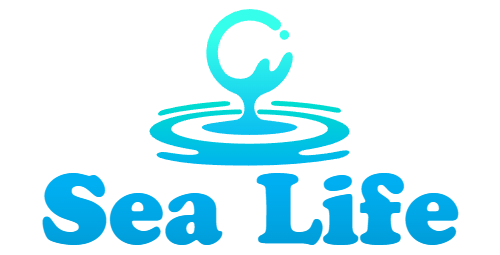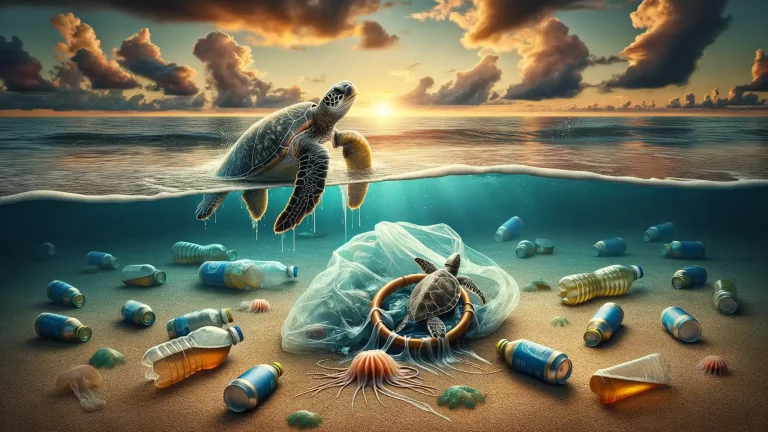Threats Facing Sea Turtles Due to Human Activities
Unseen Dangers Lurking in Our Oceans
Imagine you’re a sea turtle, gliding gracefully through the water, your ancient instincts guiding you toward nesting grounds or a meal. But suddenly, your world turns hazardous. Human activities have woven a web of threats that now surround these majestic creatures.
The most heart-wrenching? The silent killers we don’t think about: discarded fishing nets and plastic bags. “Ghost nets”, as they’re called, entangle sea turtles, immobilizing them until exhaustion takes over. And that floating plastic bag? It looks dangerously close to a jellyfish snack, only this meal can block their digestive tract, leaving them slowly starving.
The Domino Effect of Human Expansion
Our beaches—once safe havens for nesting—are vanishing under resorts, roads, and lights. Coastal development doesn’t just steal land; it creates confusion. Hatchlings, drawn by artificial lights, crawl away from the ocean toward deadly highways instead.
And then there’s pollution, climate change, and illegal poaching for eggs, meat, and shells—layer upon layer of challenges. Here are just some of the troubling realities:
- Beach armoring: Barriers like seawalls make it impossible for turtles to nest.
- Noisy waters: Boat traffic leaves turtles vulnerable to collisions.
Every human footprint on our world ripples into theirs, shrinking their centuries-old survival story.
Impact of Plastic Pollution on Sea Turtles
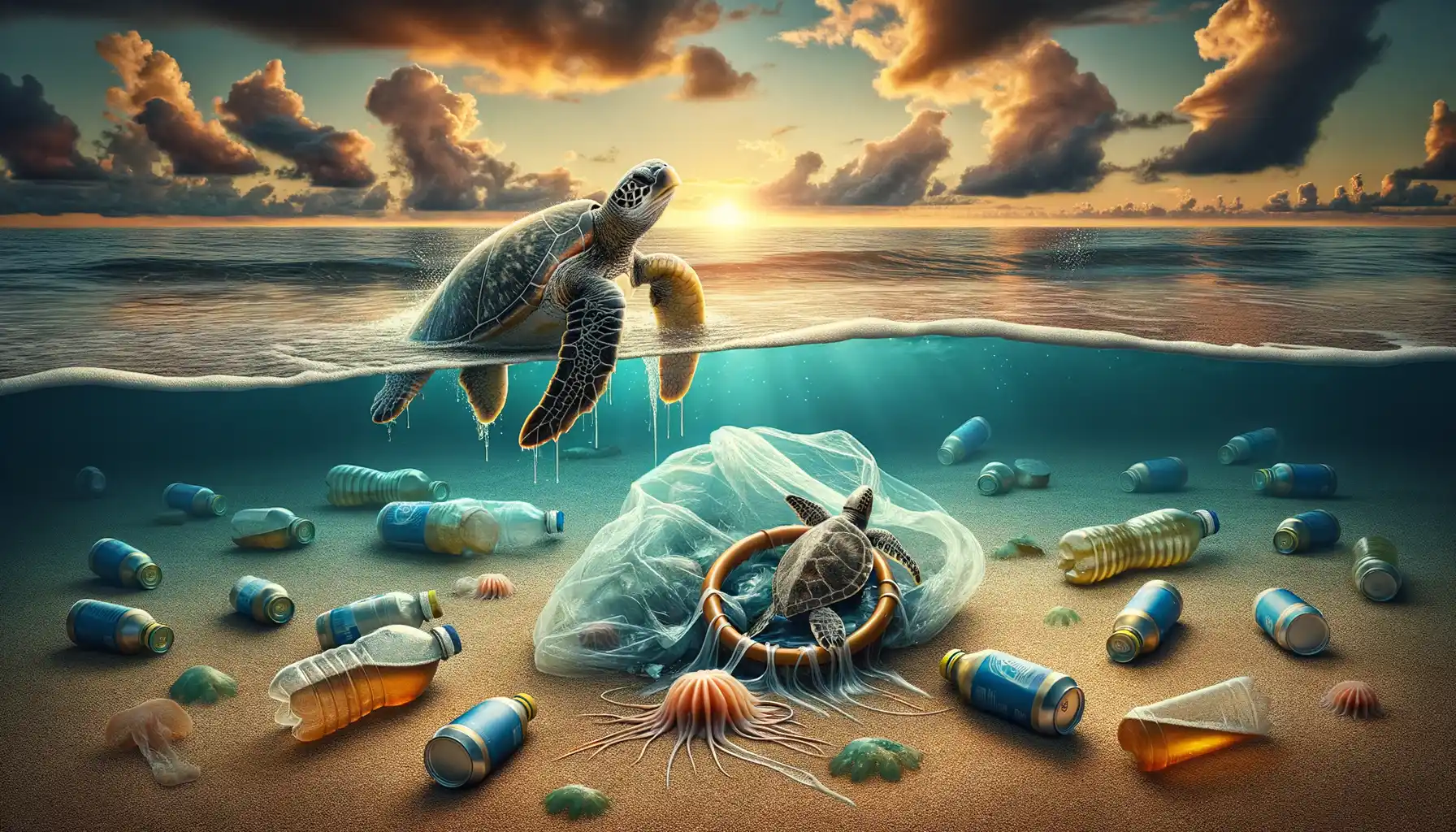
The Silent Killer: Plastic in the Ocean
Close your eyes and imagine a sea turtle gliding effortlessly through crystal-clear waves—it’s nature at its finest, right? Now picture this: that same majestic creature swallowing a clear plastic bag, mistaking it for its favorite snack, a shimmering jellyfish. Tragic, isn’t it? Unfortunately, this isn’t just a nightmare scenario; it’s reality.
Plastic pollution has turned oceans into ticking time bombs for sea turtles. Why? Because they can’t tell the difference between food and our trash. Ingesting plastic clogs their digestive systems, often leading to starvation. Worse still, floating debris entangles their flippers like deadly traps, robbing them of their ability to swim or surface for air.
- Baby sea turtles face an even tougher battle—tiny plastic fragments called microplastics invade the sands where they hatch, threatening their fragile beginnings.
- Some adult turtles develop internal injuries, infections, or even chemical poisoning from toxins sticking to plastics.
Each piece of litter tossed casually on land has the power to drift thousands of miles into our oceans. It’s a grim reminder that no turtle is safe until we pull the brakes on plastic pollution. Their home shouldn’t double as a trash heap—and we’re holding the map to a cleaner future.
Fishing Practices and Their Effect on Sea Turtle Populations
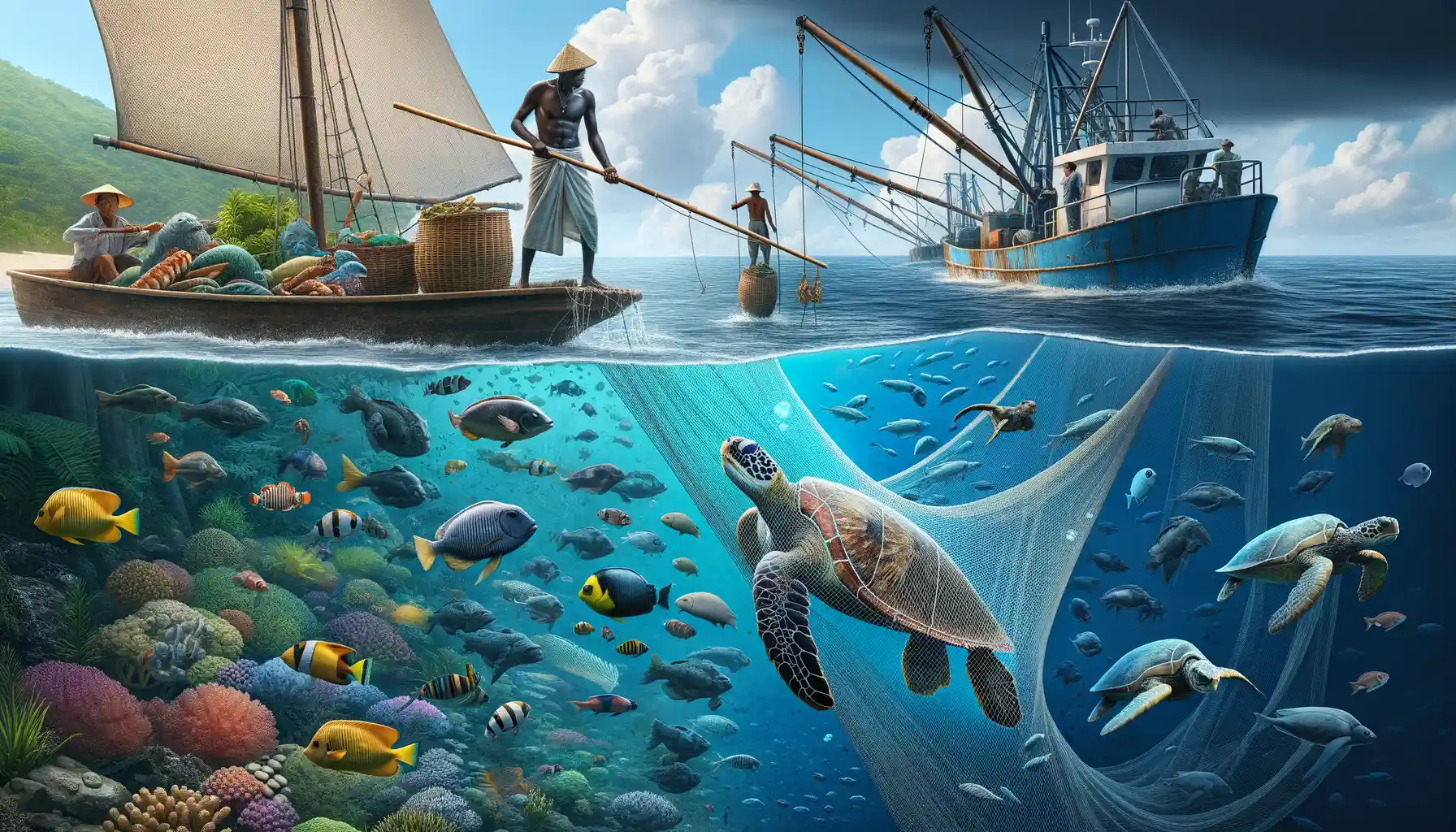
The Hidden Perils of Bycatch
Picture a sea turtle, gracefully navigating the turquoise waters, only to find itself ensnared in a fishing net it didn’t see coming. It’s heartbreaking, right? This is the grim reality for thousands of these ancient creatures every year. One of the main culprits is bycatch—the accidental capture of non-target species during commercial fishing.
Fishing methods like trawling and longlining are particularly hazardous. Imagine miles of baited hooks stretched across the ocean or massive nets scraping the seafloor. They don’t discriminate: turtles, dolphins, and even seabirds get tangled in the chaos. Many sea turtles caught this way suffer injuries, suffocate, or drown before they can be freed (if they ever are).
- Gillnets trap turtles near coastal waters where they come up to breathe.
- Longline hooks can pierce their flippers or mouths, leaving them struggling to survive.
- Trawling often ravages both turtles and the delicate ecosystems they rely on.
Ghost Gear: A Silent Killer
Lost or abandoned fishing gear—fittingly called ghost gear—lurks beneath the waves, an invisible killer in the ocean’s depths. These “phantom” traps float aimlessly, yet their deadly grip is relentless. Sea turtles become ensnared in discarded nets, their shells scarred by ropes that dig into their skin. This isn’t just debris; it’s a death sentence waiting to happen.
What makes it worse? Such dangers are entirely preventable. Sustainable fishing practices and technologies—like Turtle Excluder Devices (TEDs)—offer solutions to reduce bycatch. It’s as if we hold the tools to save their lives but forget they’re in our hands. Will we act before it’s too late?
Coastal Development and Habitat Loss
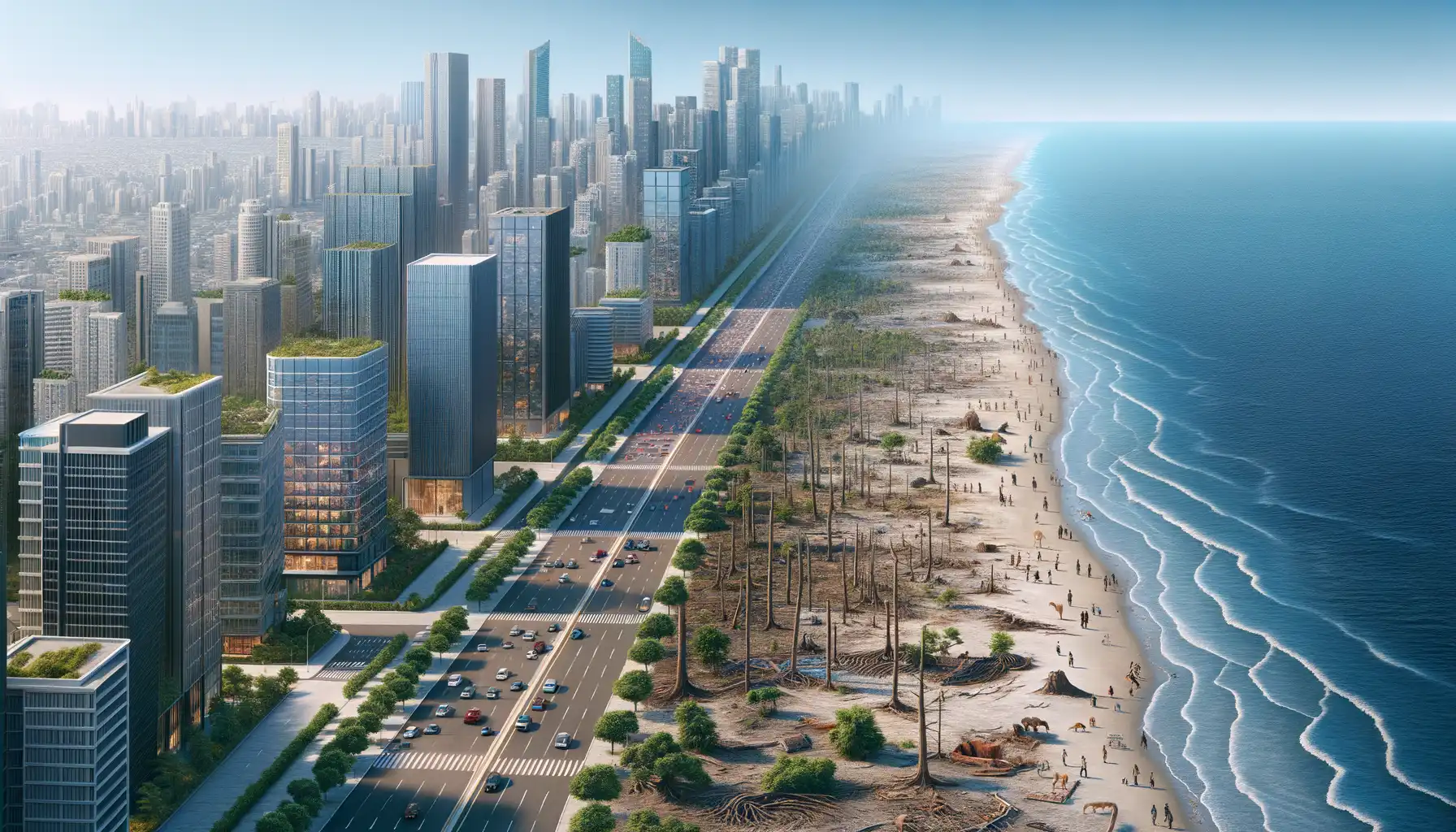
Where Shorelines Meet Struggles
Picture a tranquil beach at sunrise, the kind sea turtles have relied on for millennia. Now, imagine it replaced with hotels, resorts, and seawalls. Coastal development isn’t just changing landscapes—it’s robbing sea turtles of their ancestral homes. The sandy beaches where they lay eggs? Vanishing. Lights from beachfront properties? Disorienting hatchlings, leading them away from the ocean and into dangerous situations.
Human construction doesn’t pause for nesting seasons. Bulldozers plow through dunes, compacting sand so tightly that female turtles can’t even dig nests. And those sparkling marinas and piers? They fragment habitats, creating watery obstacles that disrupt migration routes. It’s like navigating a maze with no end.
The Domino Effect on Ecosystems
When we lose sea turtle nesting sites, the ripple effects spread far beyond the shoreline. Here’s what happens:
- Dune erosion skyrockets without turtles’ eggs providing vital nutrients to plants.
- Predators shift behaviors, preying on hatchlings in more confined spaces.
- Seagrass beds suffer, as turtles play a key role in maintaining their balance.
Every condo complex and boardwalk built near the coast chips away at a delicate, ancient system. It’s more than habitat loss. It’s an unraveling of nature’s tapestry.
Conservation Efforts to Protect Sea Turtles
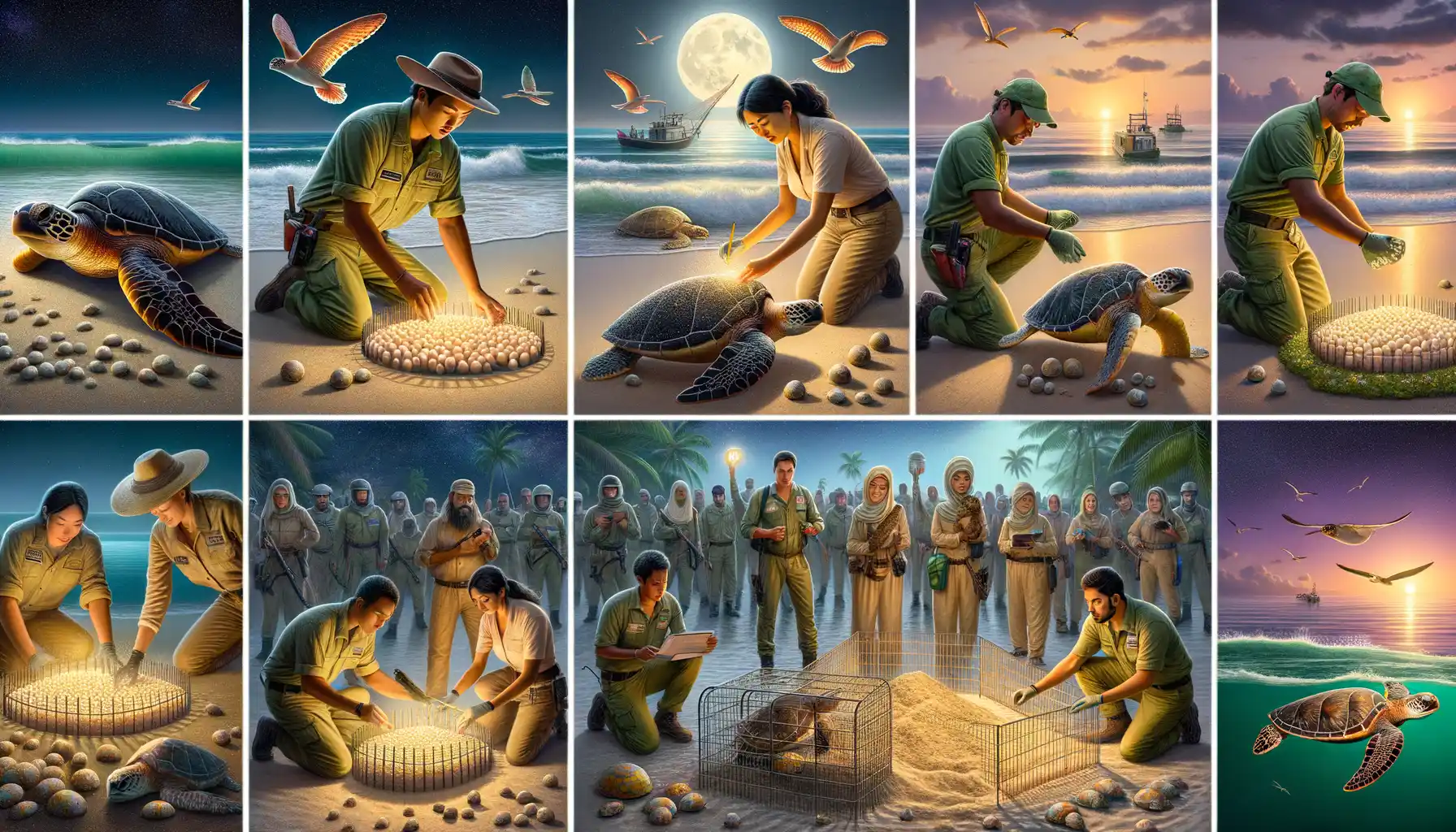
Uniting for a Brighter Future
Imagine a world without the gentle, ancient glide of sea turtles across our oceans. Heartbreaking, isn’t it? That’s why conservationists around the globe are rallying to turn the tide. It’s not just science—it’s passion, sweat, and heart. From beach patrols to international policies, every effort is a ripple in this ocean of hope.
In coastal communities, volunteers guard nesting sites like they’re cradling treasure. They watch over fragile eggs, protecting them from predators, poachers, and even misguided tourists. And when those tiny hatchlings scramble towards the sea? It’s like watching stars fall into the waves—you can’t help but feel a tug on your soul.
Small Steps, Big Impact
Conservation isn’t just for experts. Beach cleanups have become global movements, pulling out deadly nets and plastics before they claim another victim. Educational campaigns inspire the next generation to care deeply about our oceans. Even small acts, like saying no to plastic straws or choosing sustainable seafood, echo far beyond their humble beginnings.
The truth? When we protect sea turtles, we safeguard something bigger—the magic and balance of our seas. That’s a future worth fighting for.
